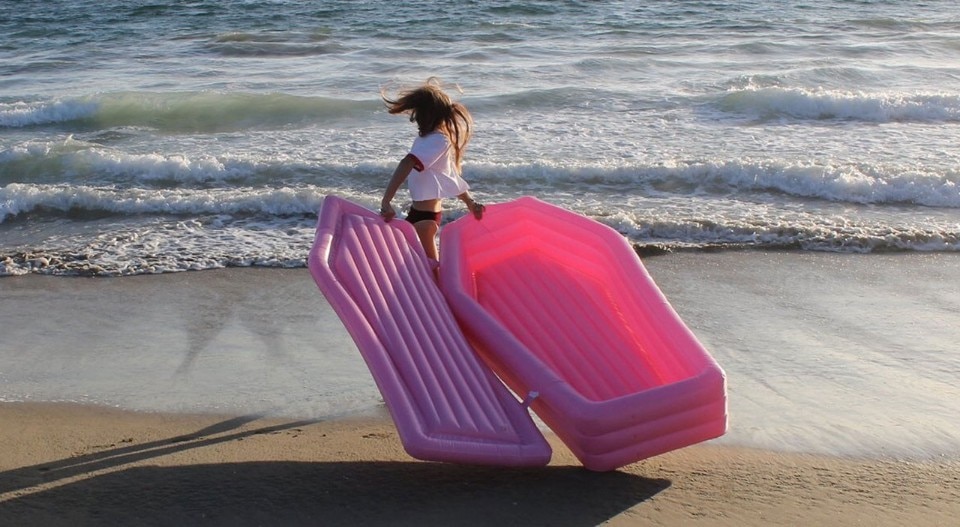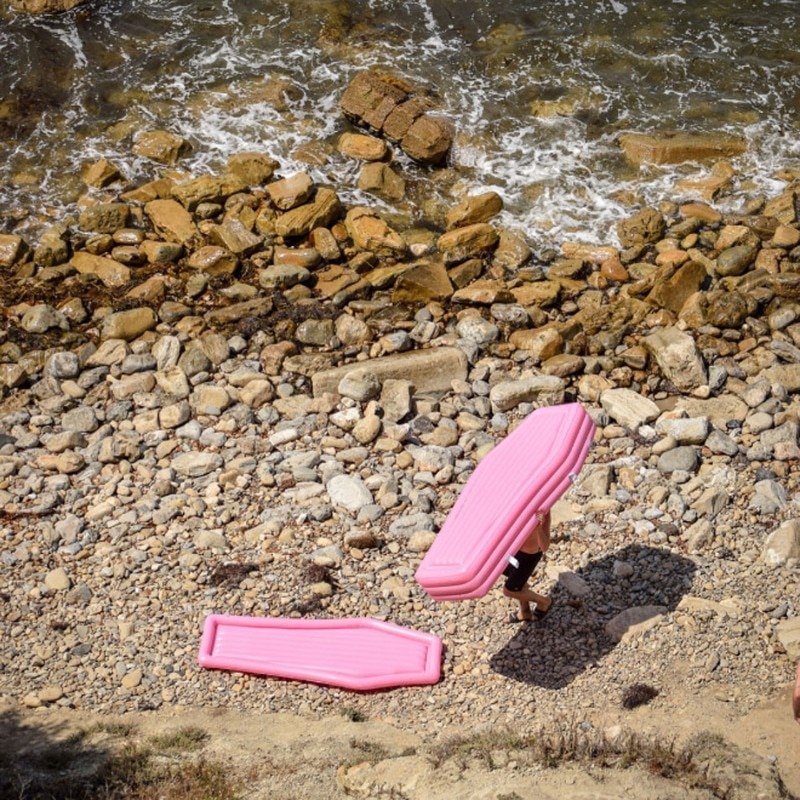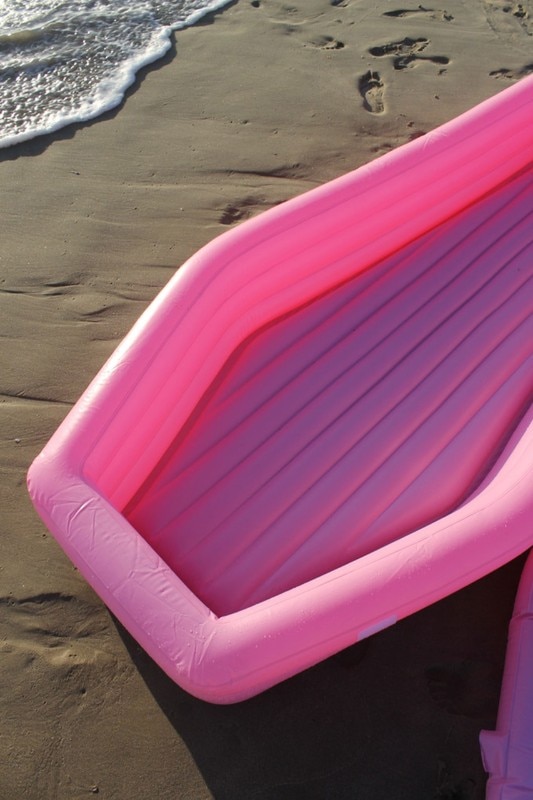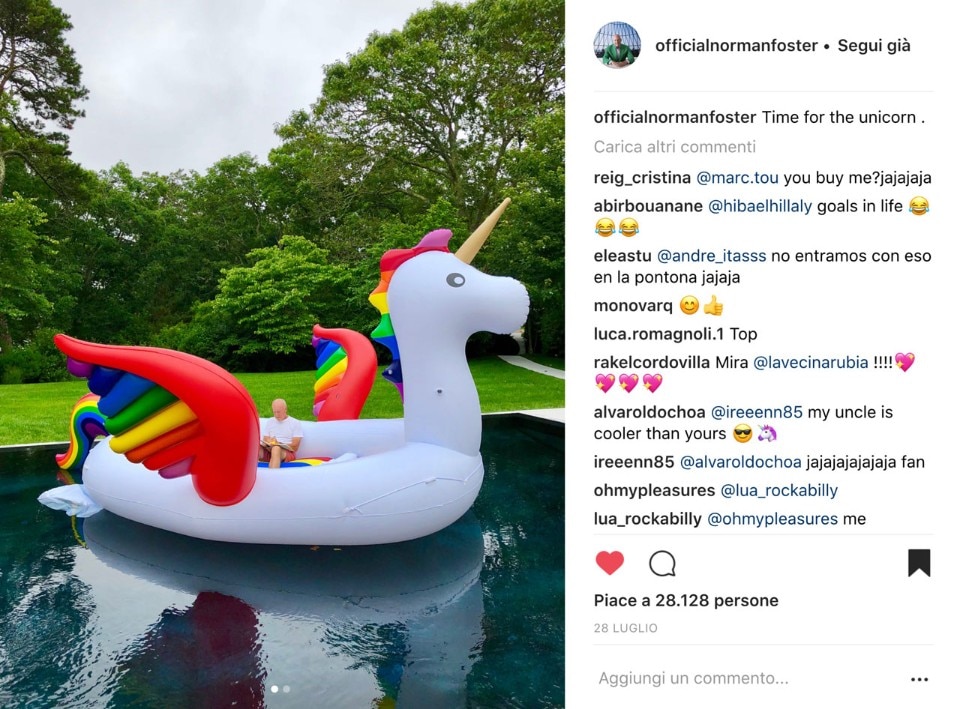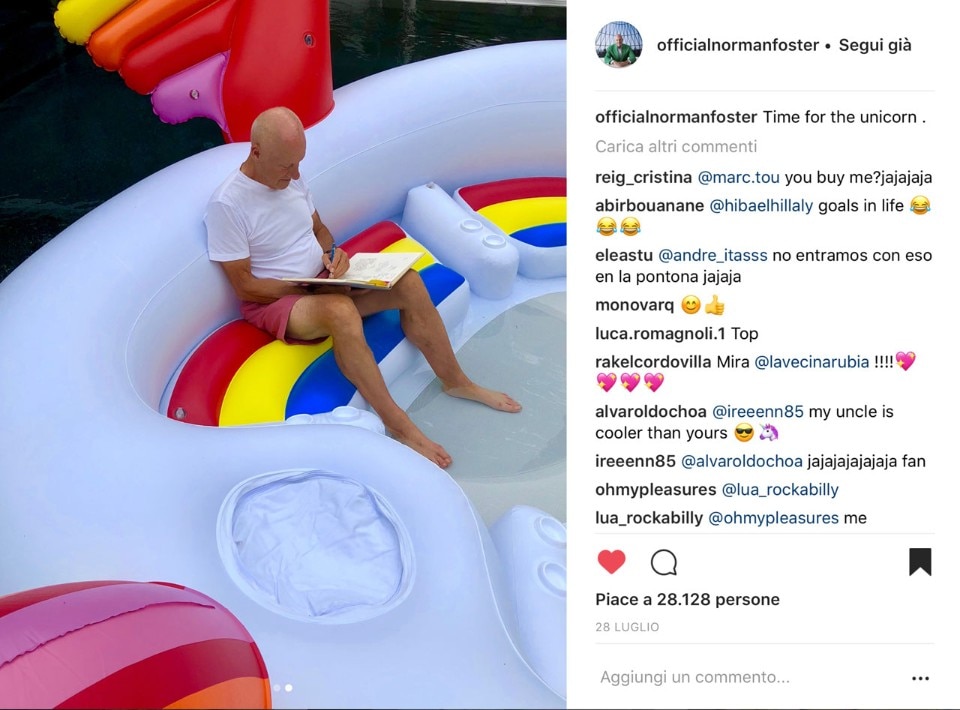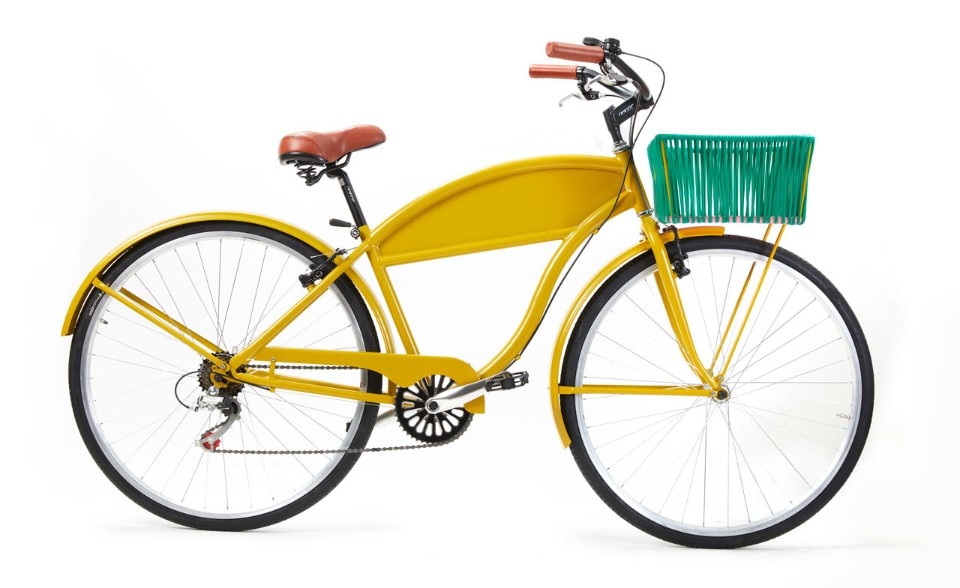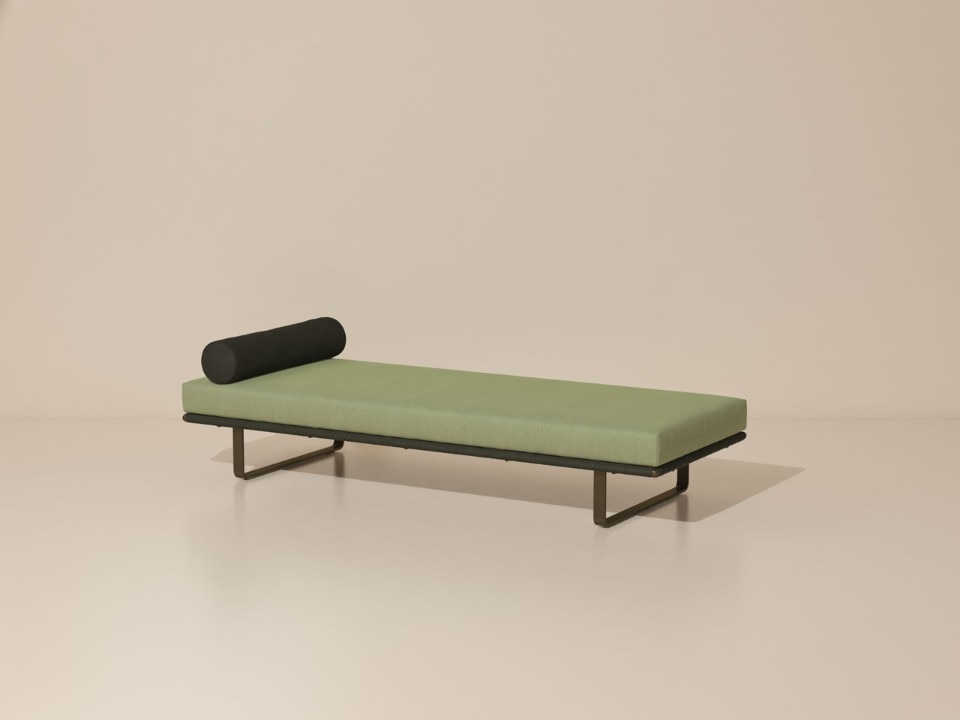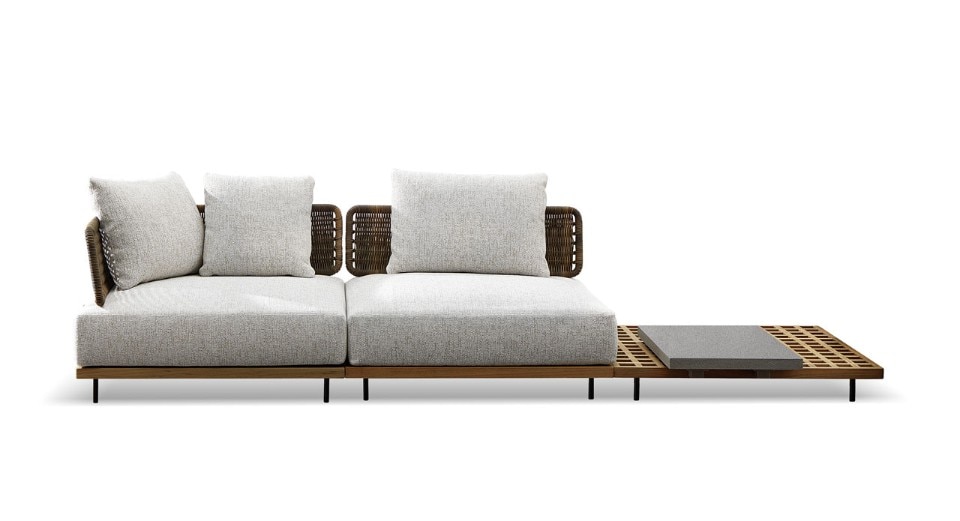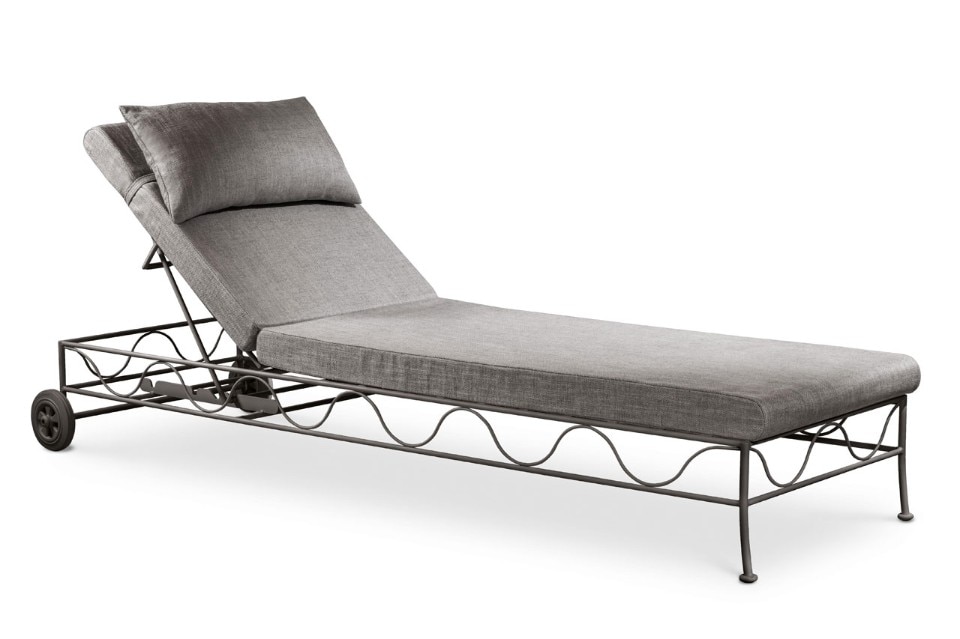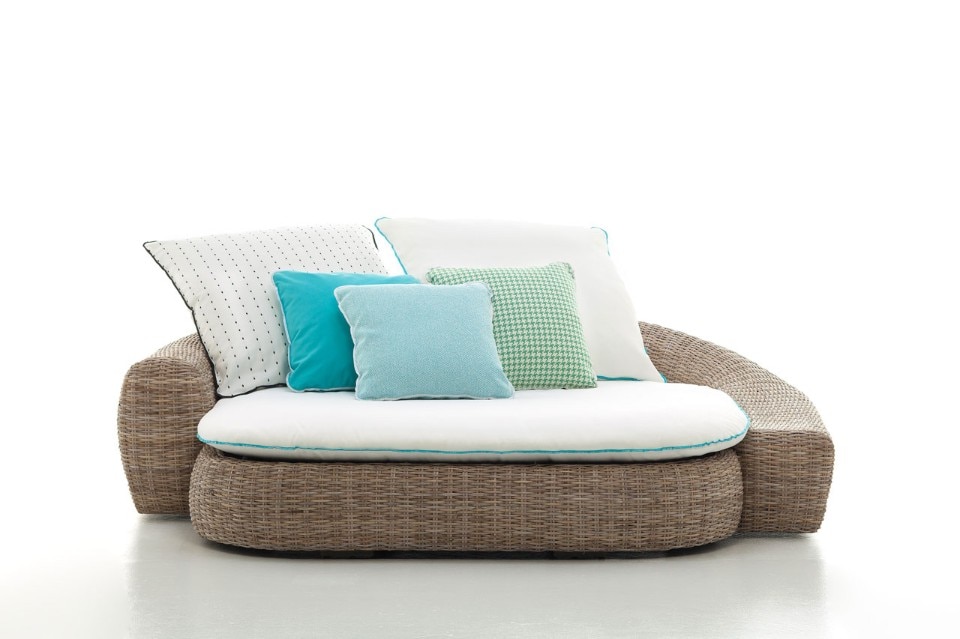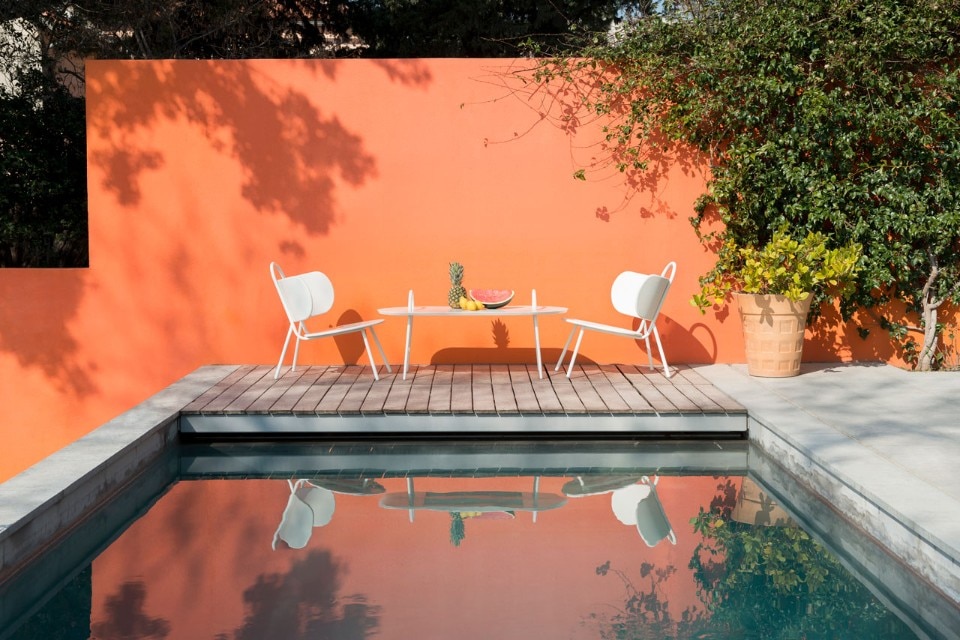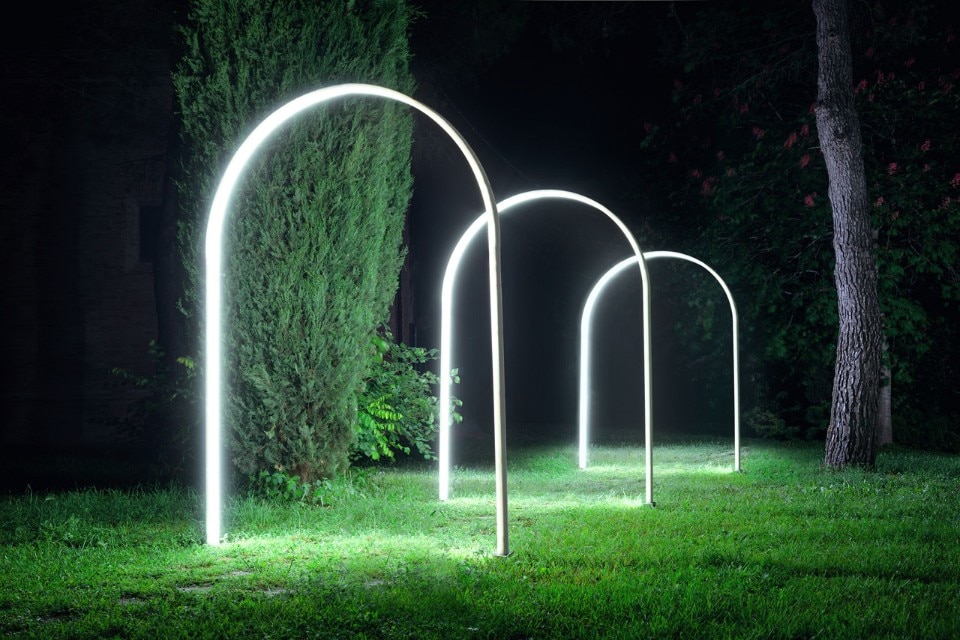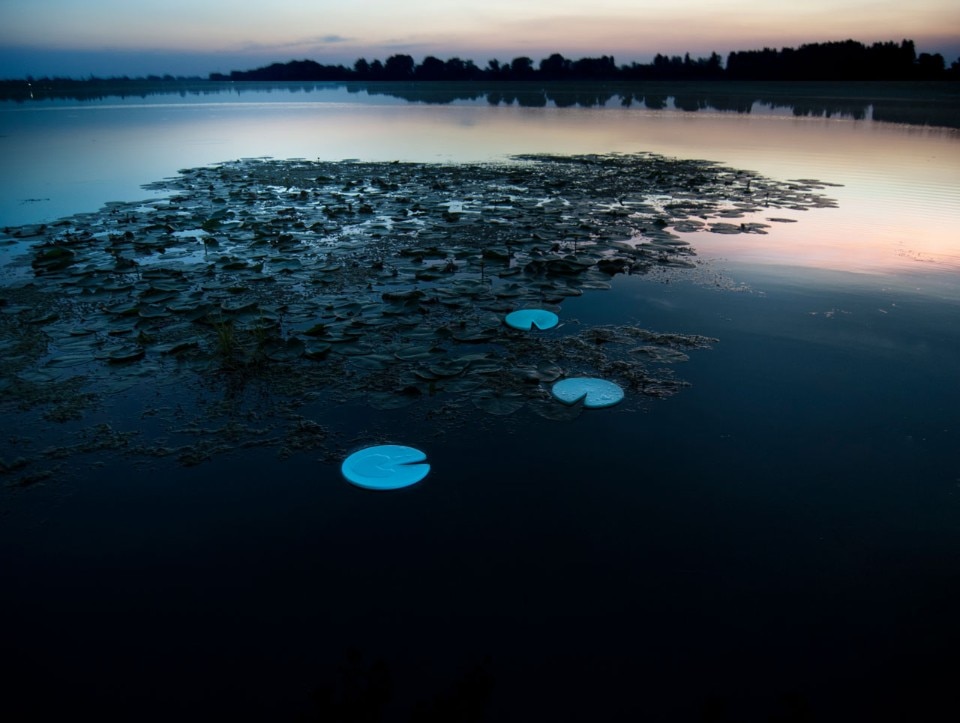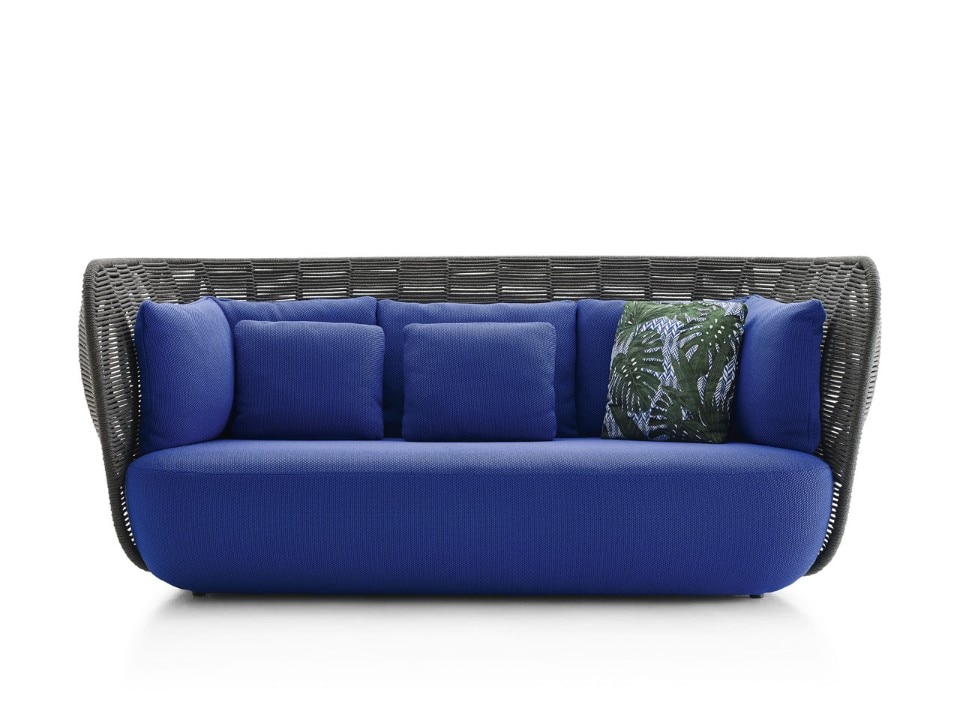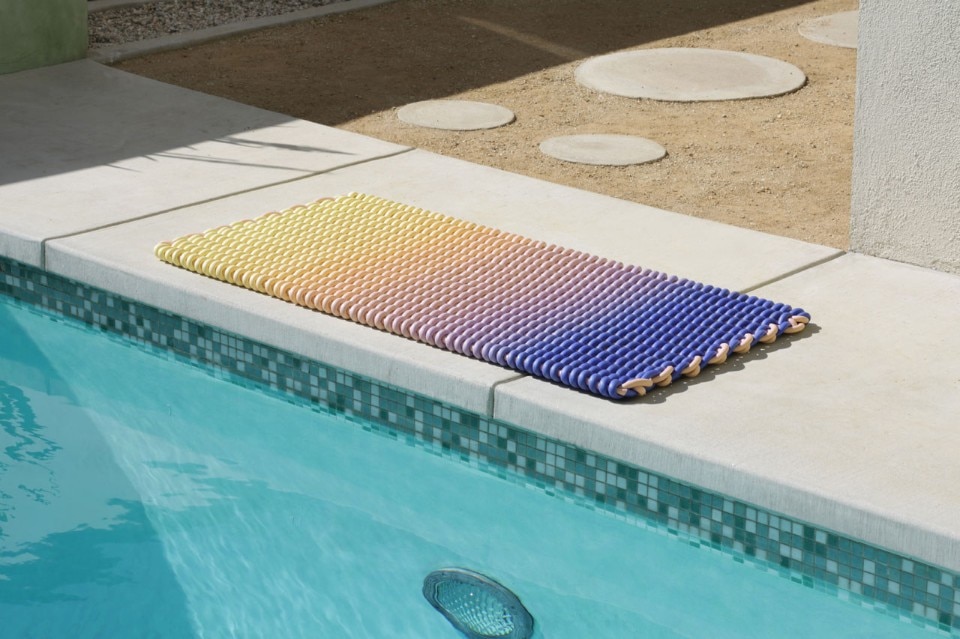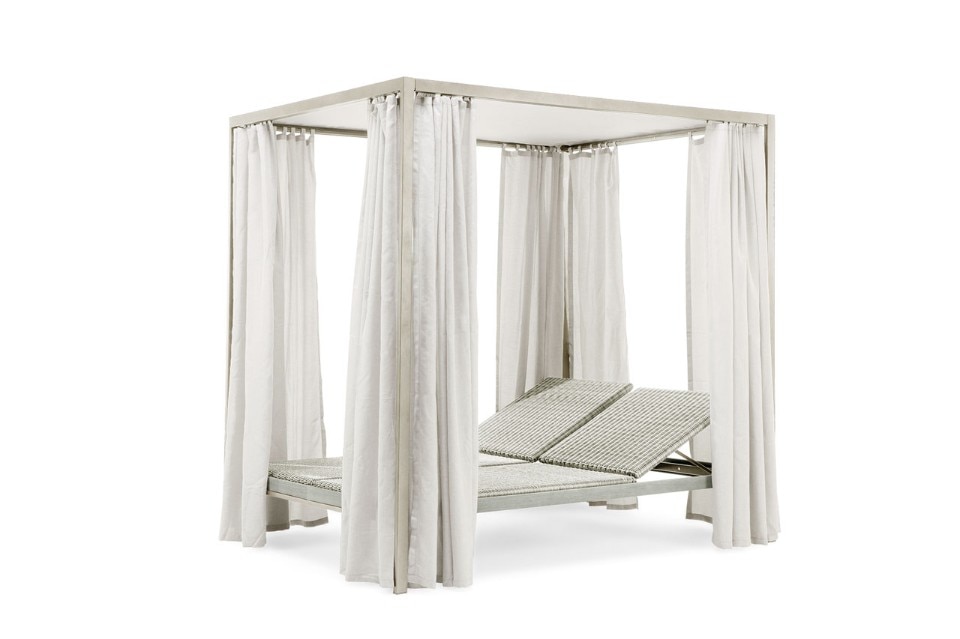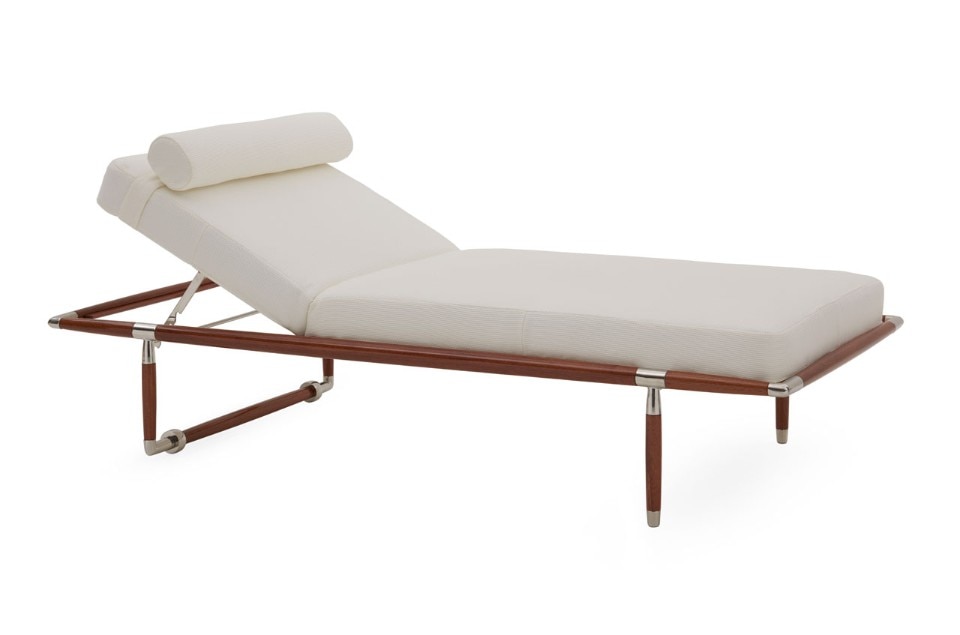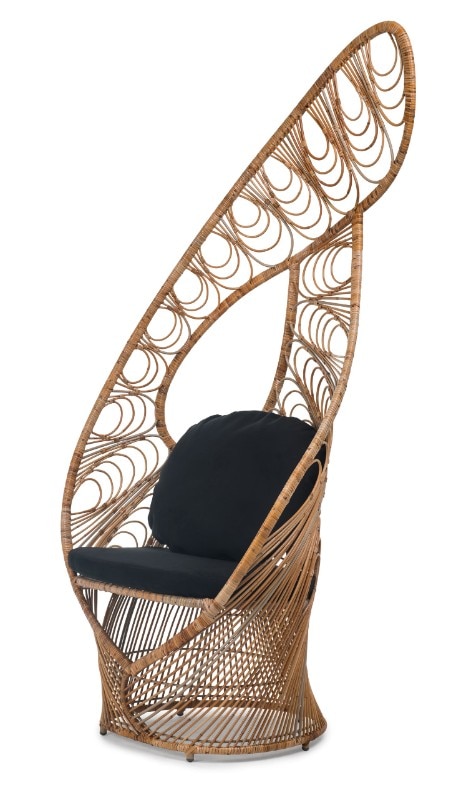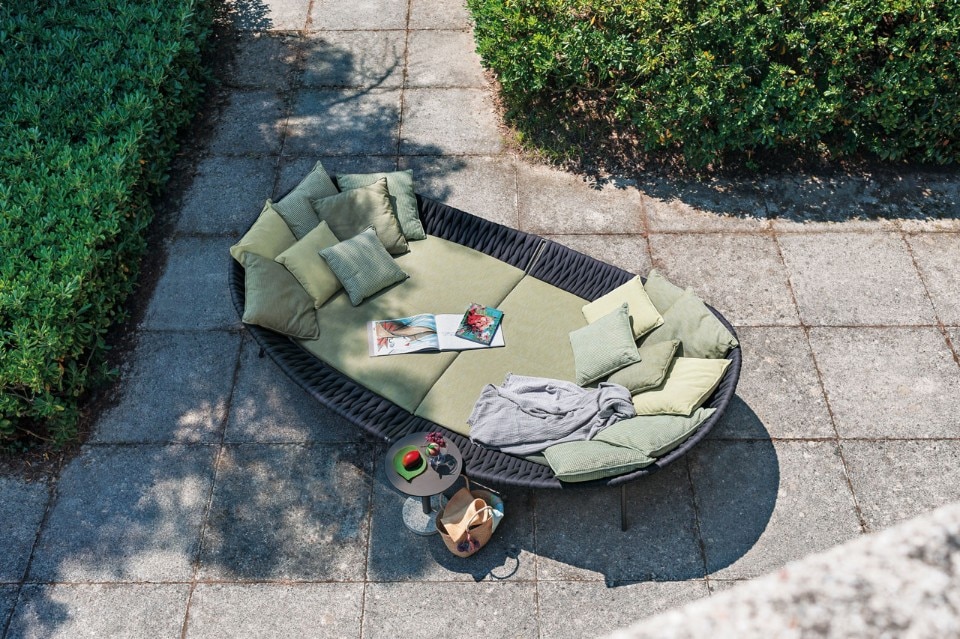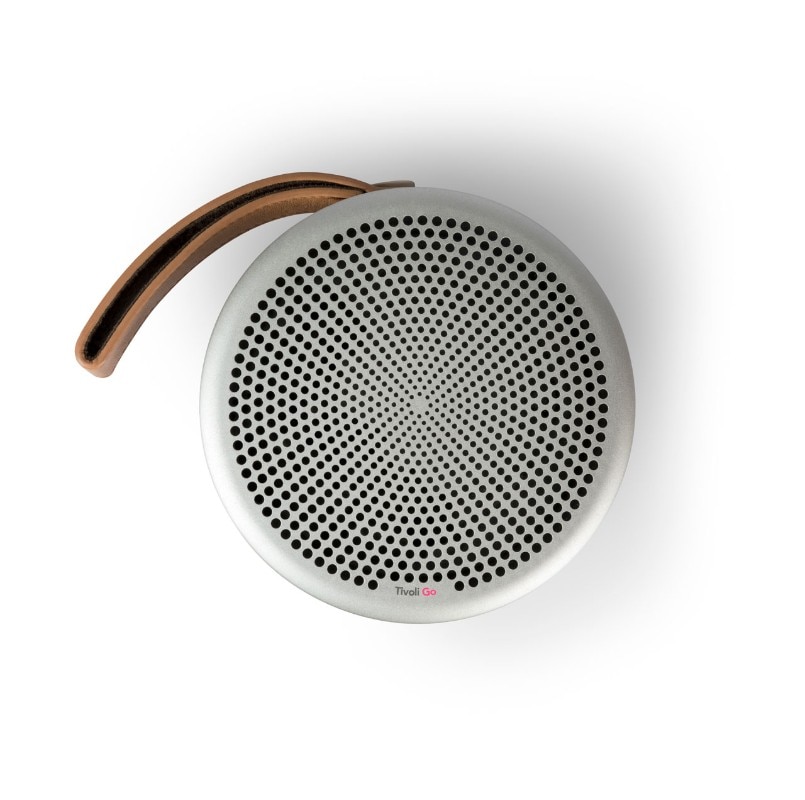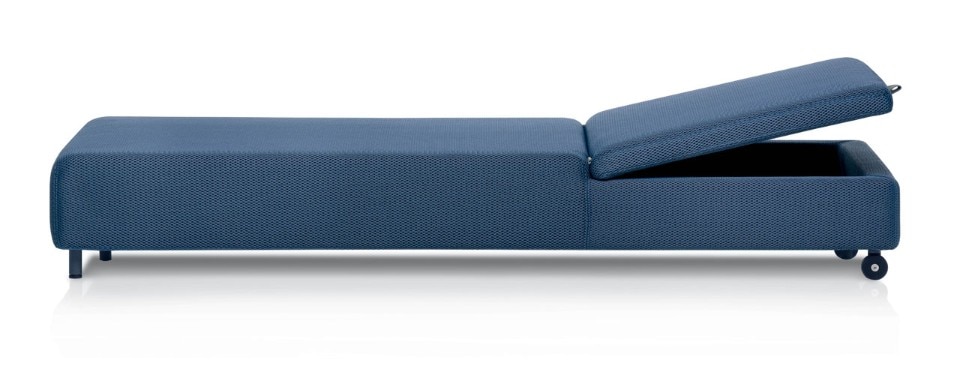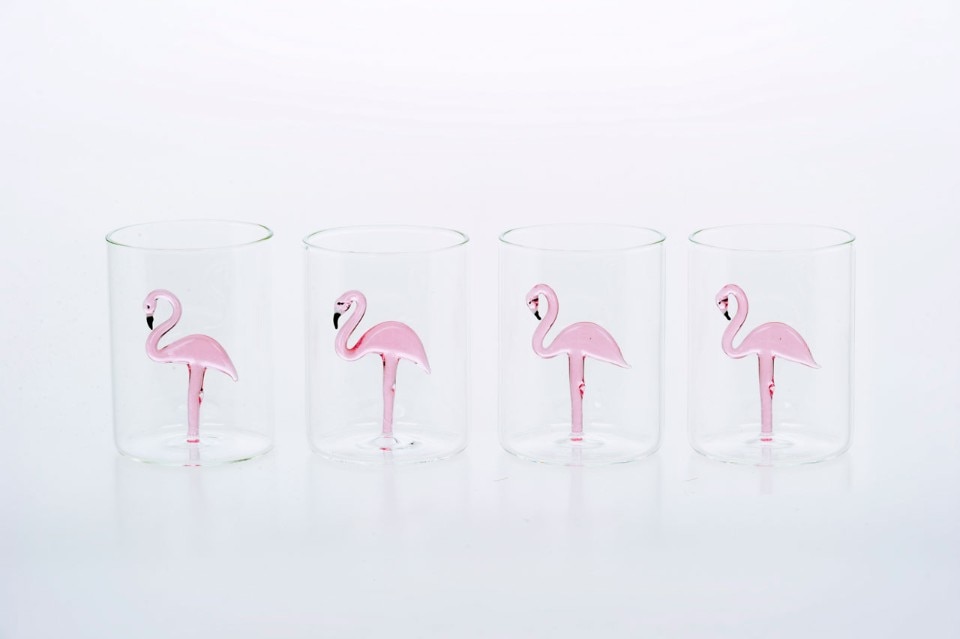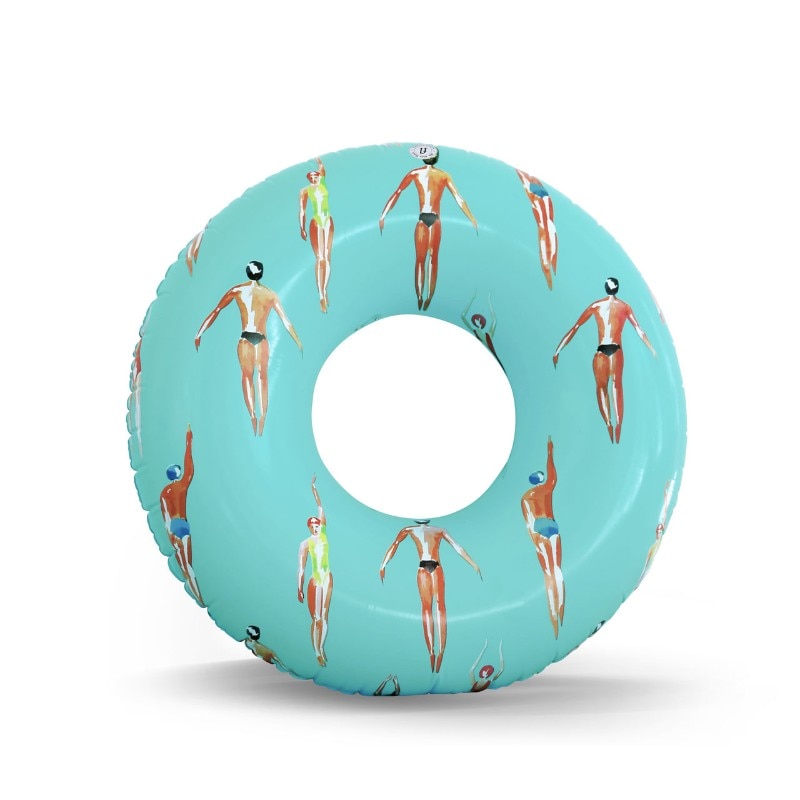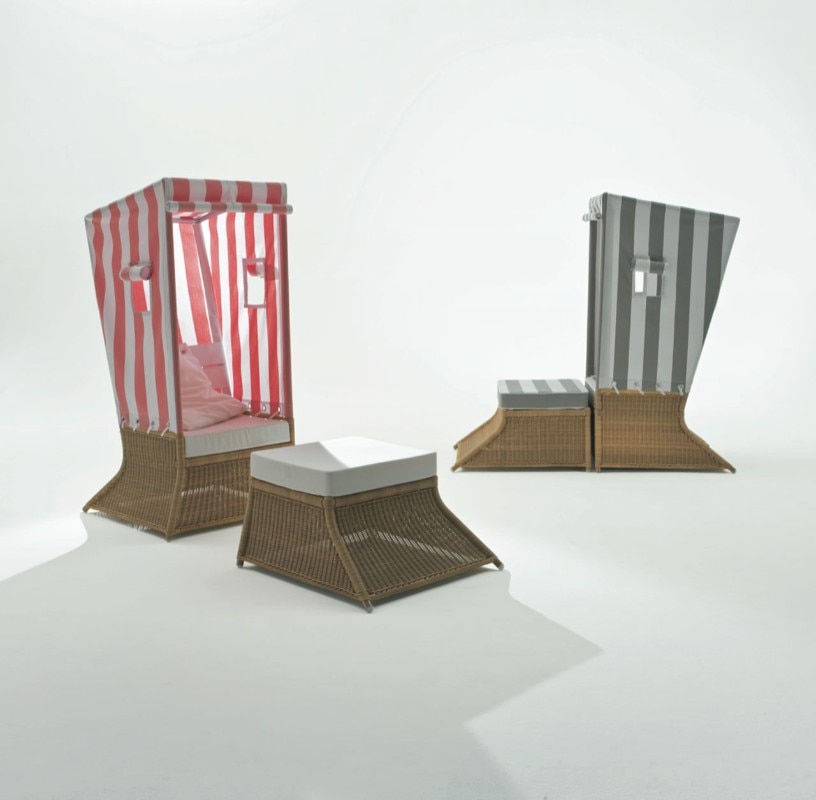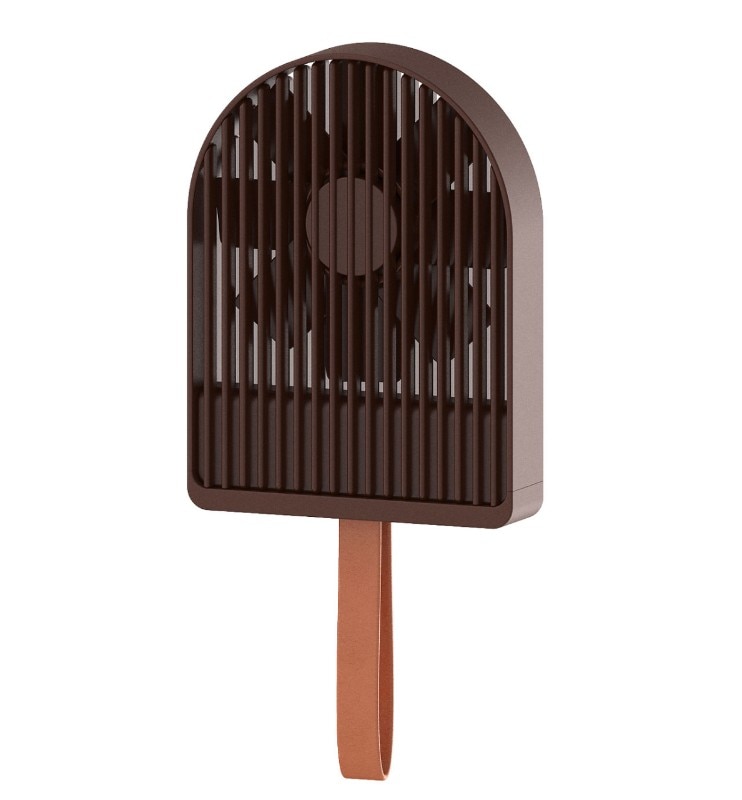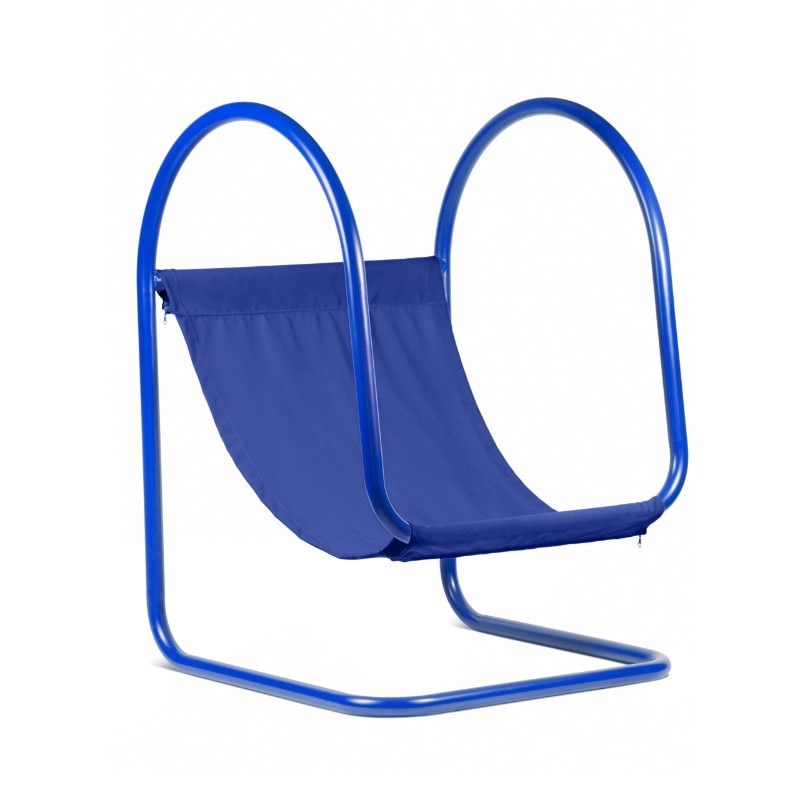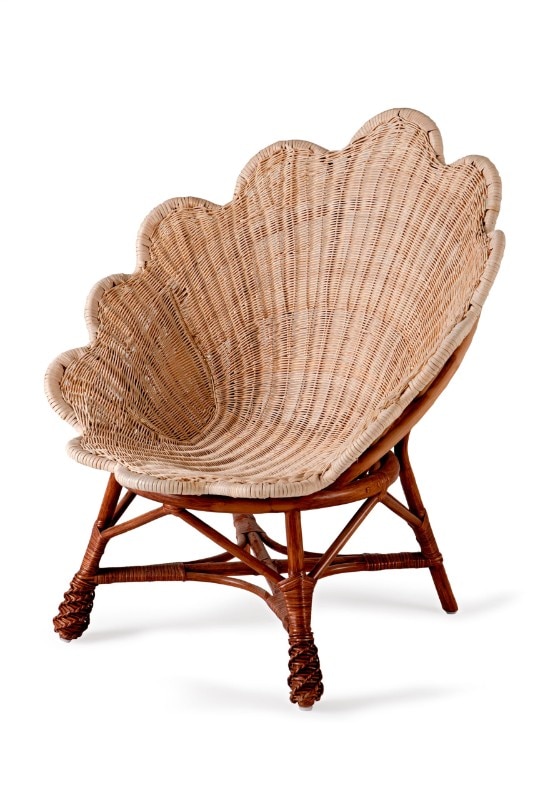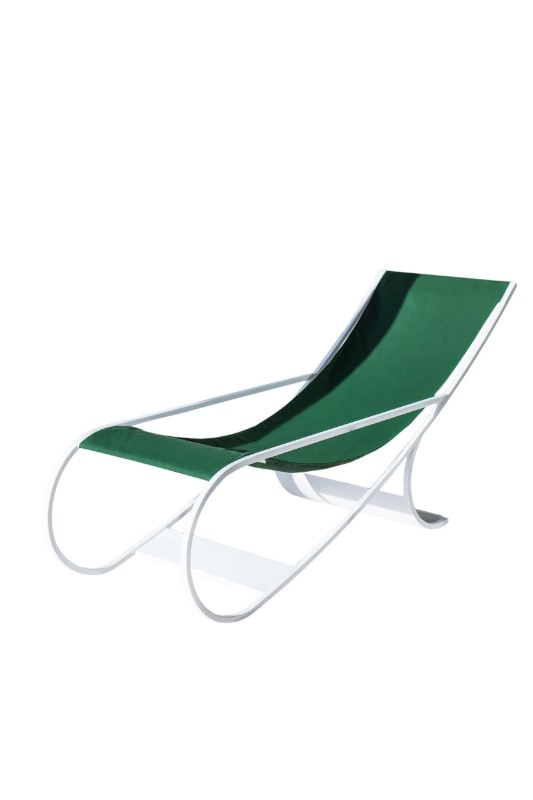Finding order in the panorama of outdoor objects is a complicated matter. In the very same summer in which the obsession for swan or doughnut-shaped inflatables seems to be fading, we have Sir Norman Foster afloat on a unicorn as large as a yacht. As well as confirming that the inflatables launched years ago by the Australian brand Sunnylife are still very much among us, the image posted at the end of July on Foster's Instagram account demonstrated the deterioration of a trend. Faced with a lack of subjects, we see an increase in size, and in sadness. As well as infantile adults, there is also a group of people who abhor all the well-being that the summer entails, but who, despite their introverted character, still go to the beach. Especially for them, but not yet in production as it is in the fund-raising stage, Pom Pom Floats has created The Pink Coffin, a coffin-shaped pink and black inflatable. Just the thing if millennial pink is seen as too much fun. In an attempt at clarity, using the film The easy life by Dino Risi – a film which shows no mercy even for summer brightness – as a model, one could say the the coffin is Jean-Louis Trintignant, the timid and reserved student, while Vittorio Gassmann, who drags him away from home during the mid-summer holidays to wander in shirtsleeves and trousers on the beach of Castiglioncello, is Norman Foster’s extra-large inflatable.
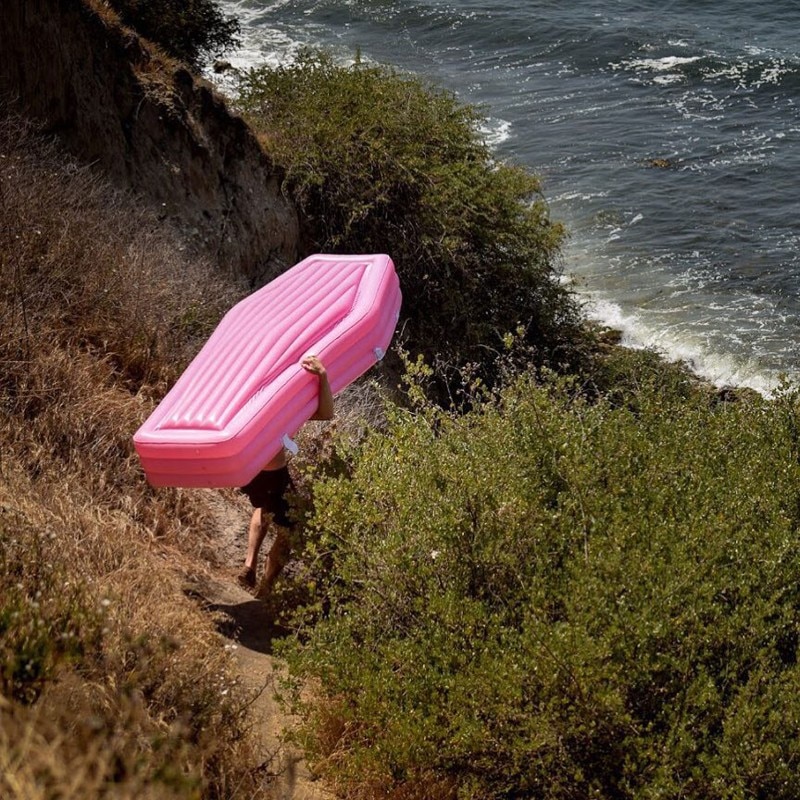
 View gallery
View gallery
It is hard to believe that in his state of unease, Trintignant would have used the pink coffin. However, it is not simply a desecrating gimmick, but rather a blend of commerce and art. The coffin floats and protects against freak waves, conforming to all relative regulations, according to the designers Andrew Greenbaum and Ian Felton, but its aim is, above all, to provide psychological comfort; representing the extreme decision to definitively drift into oblivion. Far from the crowds, the music and the cries of the bathers, who – as we all know – simply reinforce our negative thoughts. On a different matter, yet with similar characteristics in terms of sentiment, we have a number of accessories related to pop culture. One example is Torneraj, the radical design armchair re-released by Gufram a year ago, which, with its name resembling the 1965 Italian pop hit by Bruno Lauzi (differing only for the last letter), and with a fake-tiled surface, looks like a charming souvenir from an Italian musical film. Another is Locus Solus by Gae Aulenti which, re-issued after thousands of screenings of The swimming pool by Jacques Deray, is not only a collection of tables and chairs, but first and foremost the personification of a golden age of style. The theme behind design, when not related to film, is of a literary origin. The luminous arches and lilly pads with rechargeable batteries to be set afloat by Luxopera are based on the adventures in Alice in Wonderland.
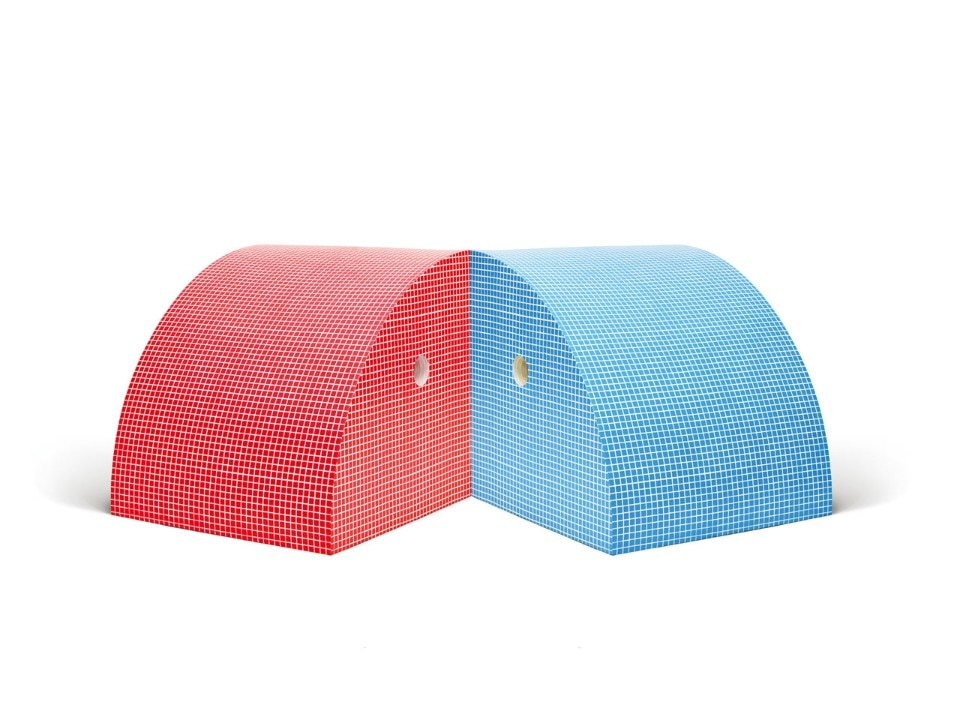
 View gallery
View gallery
When there is no reference to either films or books, as is the case with the Swiss de Sede, iconic status is reinforced. The company has launched the semi-outdoor version of the DS-600 “snake” sofa, as a further sign that the exterior is an area which is just as, if not more, prestigious than the interior. Due however to a lack of status symbols, where possible, classics are re-converted. These designs are undoubtedly less revolutionary than the coffin by Pom Pom Floats. However, in contrast to giant unicorns, woven coloured silicone carpets by Shore Rugs, ice-cream shaped portable fans by the Korean 7 nepo and the diatribe of the season between naff or must-have regarding the Benassi JDI Fanny Pack sandals with built-in pocket by Nike, there is an even more “upper-class” offering. This example draws from the two timeless sources of universal chic: the elegance of 1800’s rattan and 1920s curved metal, with graphics that, in the case of the long-limbed swimmers on the surface of the rings by The Nice Fleet, are a direct reference to Fitzgerald’s French Riviera.
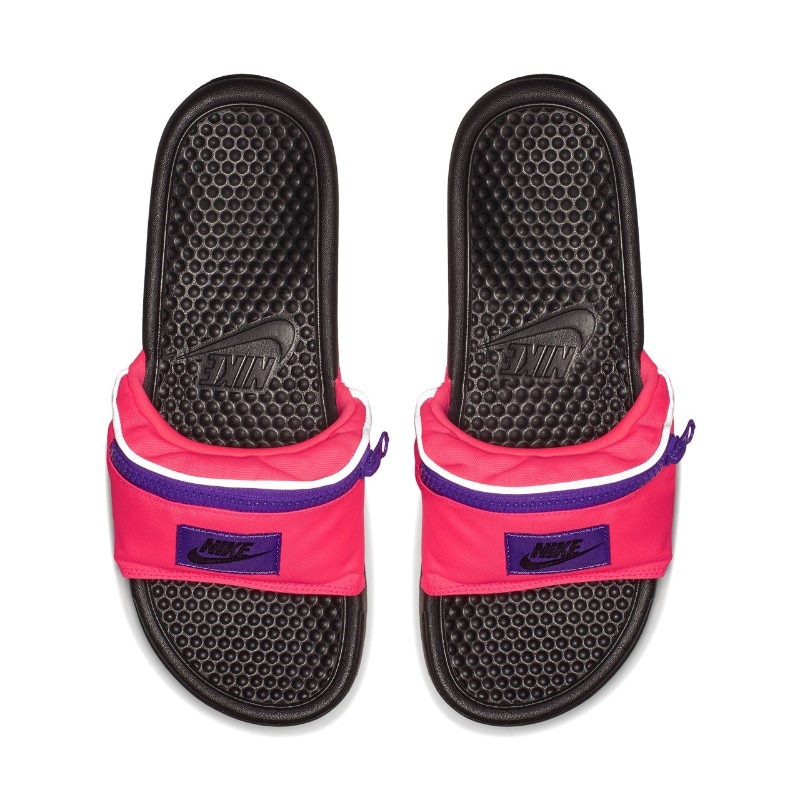
 View gallery
View gallery
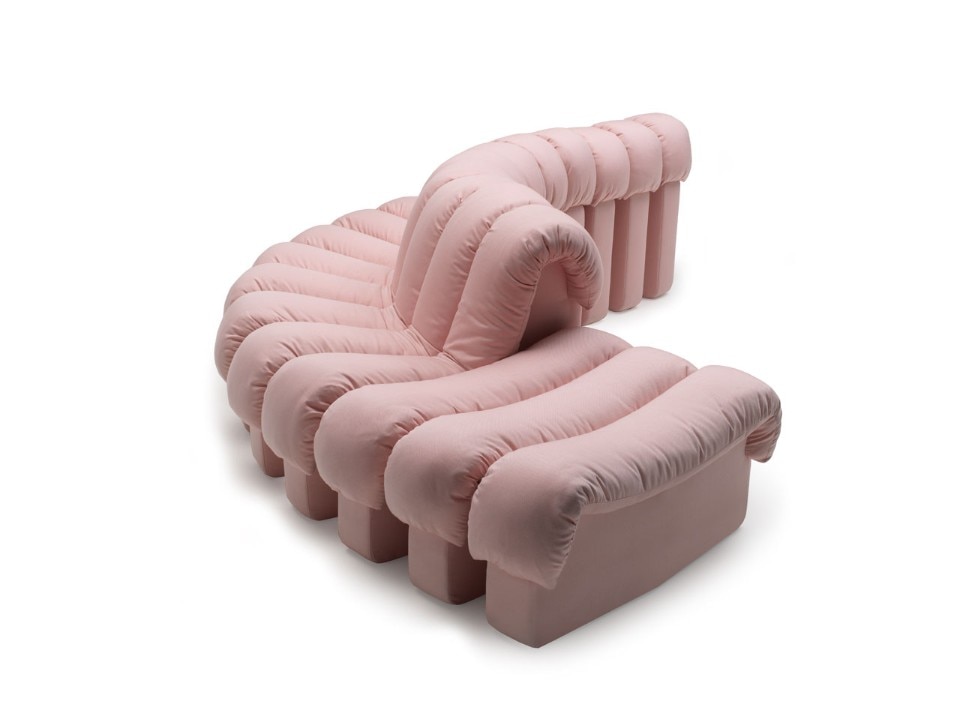
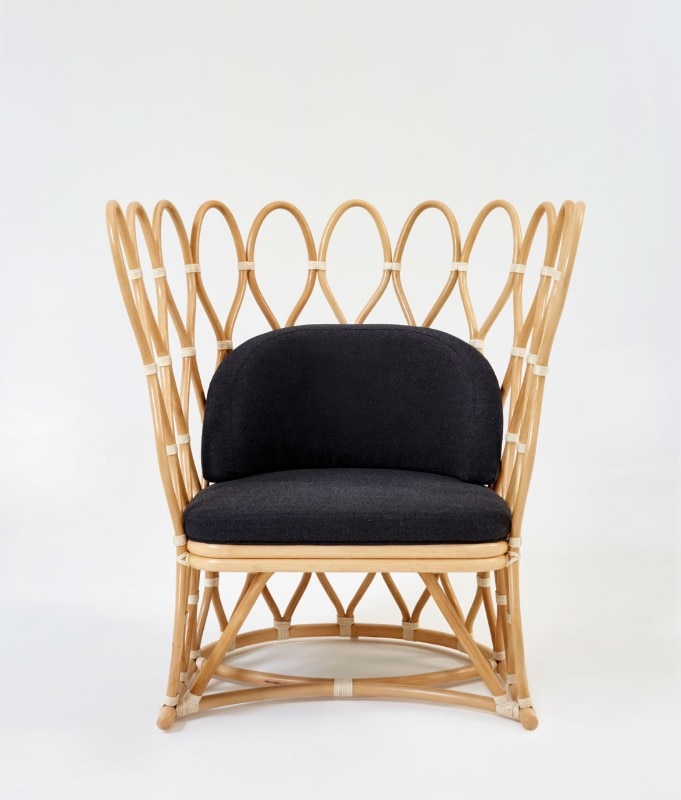
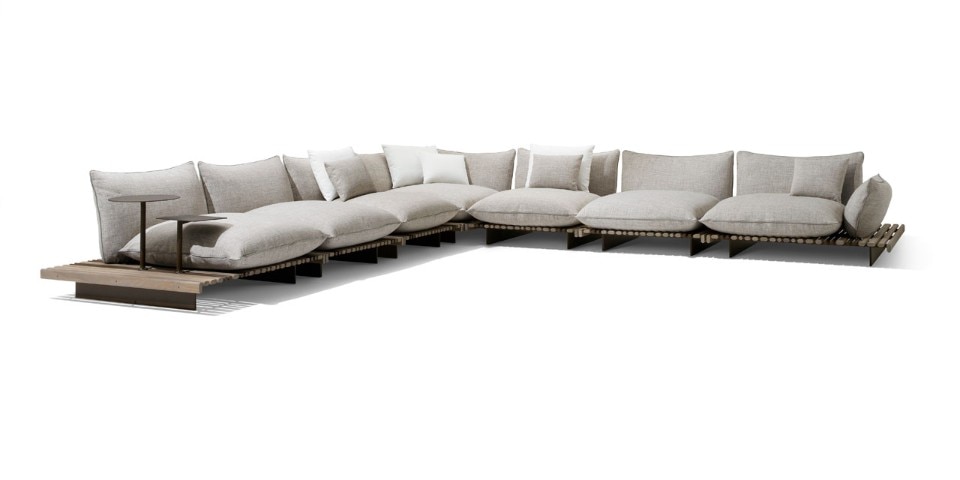
The literary version of course, not that of a brochure from a travel agent. Because there is no getting away from it. Even in the case of the revival of a positive example of good style, the rule is always that of channelling fantasy via cultural reference, in this case one of class. Thus, when looking at the PARA(D) armchair by Nova Obiecta, the Swim series by Bibelo, the 1930s FT33 lounger by Versant Edition and many – too many – fake retro sun-loungers, the idea of holidays that is evoked is associated to an era in which holidays lasted for months. This is even more so with the revived Beach Cabin armchair by Bonacina 1889 and the modern interpretations of external archetypes such as the Peacock chair by Yamakawa Rattan e Kenneth Cobonpue. After all, as I said at the beginning, this is a panorama of outdoor accessories which is decidedly fragmented and, dare I say, shaped by forces similar to those of the global political situation. A conflict between stylistic elitism and populist influence, dogmatic fun and the 2018 innovation of the object-warning regarding one’s own personal conditions and – although this is perhaps not deliberate – for those who really do entrust their lives to the sea.


